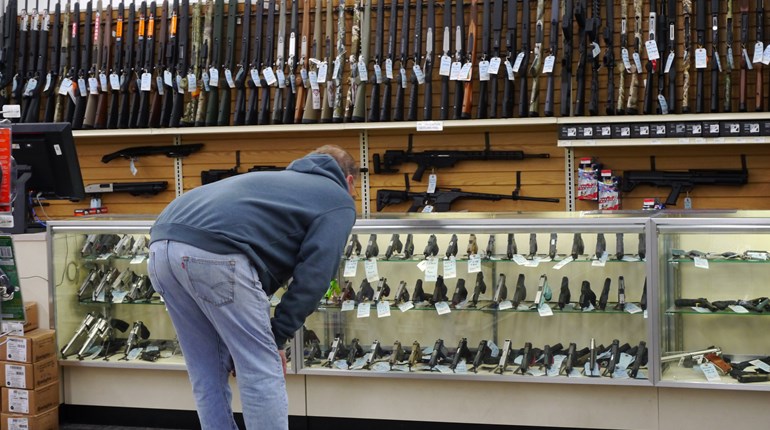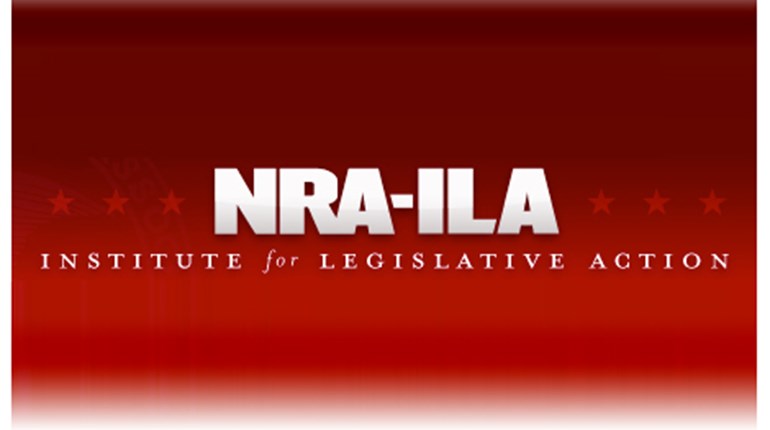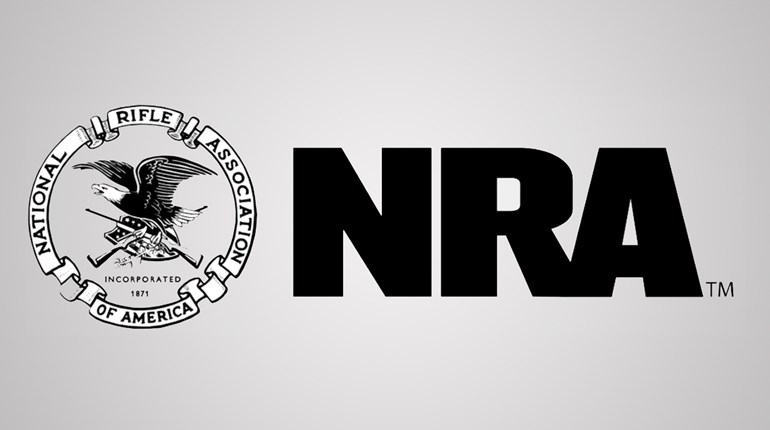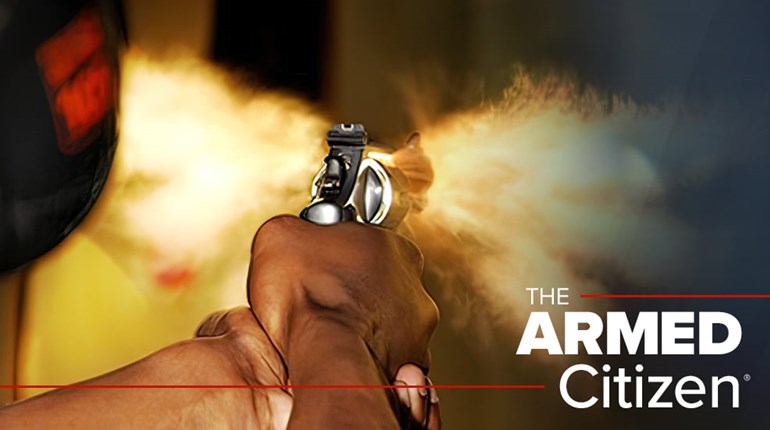
The recent ruling by the 4th Circuit Court of Appeals striking down Maryland’s so-called “assault weapons” ban is a game-changer for our Second Amendment right to keep and bear arms. And the ruling’s reverberations should drive gun owners throughout the country to the ballot box in record numbers this fall.
In the case challenging the legality of Maryland’s 2013 ban on so-called “assault weapons” and magazines dubbed “high-capacity,” the appeals court ruled that a lower court was wrong when it upheld the bans, and has sent it back for review.
In a 2-1 ruling, the three-judge panel said the state’s prohibition on what the court called “the vast majority of semi-automatic rifles commonly kept by several million American citizens” violated the rights of Maryland’s gun owners under the Second Amendment. “The 4th Circuit’s ruling is an important victory for the Second Amendment,” Cox said.
“In our view, Maryland law implicates the core protection of the Second Amendment—the right of law-abiding, responsible citizens to use arms in defense of hearth and home,” wrote Chief Judge William Traxler. The judge also wrote that laws banning these firearms “substantially burden this fundamental right.”
Of particular interest, the circuit court decision faulted the lower court for its dismissive “intermediate scrutiny” analysis and returned the case for reconsideration under “strict scrutiny,” the most demanding test in constitutional law.
Chris W. Cox, executive director of NRA’s Institute for Legislative Action, lauded the ruling in this important case.
“The 4th Circuit’s ruling is an important victory for the Second Amendment,” Cox said. “Maryland’s ban on commonly owned firearms and magazines clearly violates our fundamental, individual right to keep and bear arms for self-defense. The highest level of judicial scrutiny should apply when governments try to restrict our Second Amendment freedoms.”
The majority decision contains a number of important findings of fact and conclusions of law that strongly reinforce the protections of the Second Amendment in the 4th Circuit. It also creates the potential for a circuit split with other judicial circuits that have upheld semi-auto bans and/or magazine capacity limits.
One of the most significant aspects of the recent ruling is that it could increase the odds that the U.S. Supreme Court will take up the issue of semi-auto and magazine bans soon, and determine a rule applicable to the entire country. In an election year in which the next president might appoint as many as three or four new justices to the court, a Hillary Clinton or Bernie Sanders presidency could turn the case into an instant loser in the high court.Fact is, if the Maryland semi-auto case progresses all the way to the U.S. Supreme Court, our Second Amendment rights could be confirmed or denied for generations.
Consider, both the Heller and McDonald cases were decided by a one-vote margin. If Clinton or Sanders were to appoint three or more anti-gun activist justices, the chances of any Second Amendment victory in the U.S. Supreme Court could be lost for decades.
Consider further that Clinton has even suggested America’s favorite gun-ban advocate, President Barack Obama, might be a possible nominee should she win the presidency. At an Iowa campaign event last month, when asked by a voter whether she would consider appointing Barack Obama to the U.S. Supreme Court, Hillary Clinton “lit up,” ABC News reports, and said, “Wow, what a great idea ... I love that ... that’s a great idea.” She added, “We do have to get a Democratic Senate to get him confirmed so you’re going to have to help me on that, OK?”
Fact is, if the Maryland semi-auto case progresses all the way to the U.S. Supreme Court, our Second Amendment rights could be confirmed or denied for generations. And whoever wins the election this November will likely appoint at least a few justices that would hear that case.
Make no mistake, the future of the Supreme Court is one of the most important reasons we must elect a pro-gun president this November. Of all the duties of president, few hold the lasting effects of placing a handful of justices on the high court. This fall’s election—and the subsequent appointments made by whoever wins the White House—will truly shape the gun debate for the foreseeable future.


































